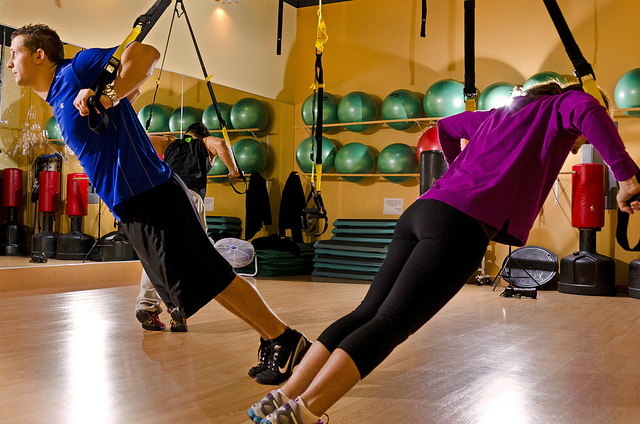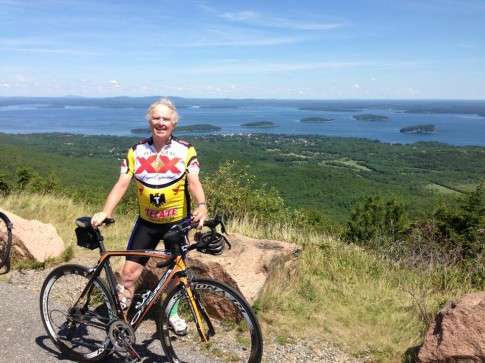Everything we do in the gym — squats, lunges, pushing, pulling, rotating, etc. — should become a reflection of what we do in everyday life. Longevity of our bodies, especially our joints, is largely dependent upon good movement patterns that are reproducible. So if you want to spare your lower back, and save your knees from debilitating arthritis, you must take the time to move with purpose both in the gym and daily life.
What does this take? How do you begin? There are many facets, which we’ll be taking step-by-step in this and future issues; the first is mobility. I like to think of mobility as the ability to move freely and easily into and out of positions that are essential for everyday life. If you can’t squat in a balanced position with your thighs parallel with the floor, your upper body upright, and your feet facing forward — then you lack mobility. This lack of mobility may be in your ankles or your hips, and may be combined with a variety of short and tight muscles such as your hamstrings. This inability to squat correctly — this lack of mobility — must be addressed; it makes no sense to overload your squat patterns with weights, or to perform heavy leg presses, until you establish a good squat pattern. Otherwise you just wear your joints down.
So the question is: how do you improve mobility? Keep in mind that mobility is much more than muscular flexibility — so the traditional approach of simply stretching tight muscles, such as your hamstrings or quadriceps, will do very little by itself to improve the way you move. This so-called “static stretching” does have a role, but by itself it’s not enough. In order to move better, we need to also enhance joint mobility — and put that mobility into motion. Hence the dynamic approach to stretching, in which you move into (and out of) various positions; with each repetition the joint being addressed is stretched a little more, and the muscles being stretched are under tension. This results in greater range of motion that is controllable by muscular contractions. This is the key to moving better: don’t simply attempt to get greater range of motion, but rather greater range of motion with control.
Here’s a little insight for most of you: the areas of the body where most people begin to lose motion as they age are in the shoulders, the midback, the hips, and the ankle. Loss of motion in any one of these areas will effect the overall quality of your movements in almost anything you do. For instance, if you need to lunge down to pick things off the floor you need mobility in your ankles, hips, and midback; if you lack mobility in any of these areas, you’ll compensate in the way you move — and put abnormal stress on one or more of your joints. Often the knees bear the brunt of this compensation, which is why so many aging people experience knee pain. So the best way to prevent knee problems is to make sure you have good ankle and hip mobility — and the muscular control to support your knees as you move into and out of positions.








Leave a Reply
You must be logged in to post a comment.